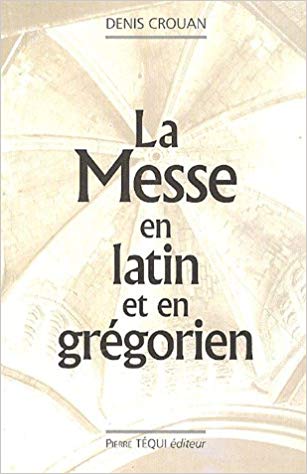Por Alfredo Votta
O Graduale Simplex foi organizado para que as igrejas possam ter canto gregoriano mesmo que o Graduale Romanum seja difícil demais para seus cantores. Antes, a dificuldade impunha que o Próprio fosse cantado em tons salmódicos ou que a Missa não fosse cantada; agora existe o Graduale Simplex, com melodias mais simples e Próprios que se podem repetir dentro do mesmo tempo litúrgico.
A elaboração desse livro atende a um mandato do Concílio Vaticano II constante de Sacrosanctum Concilium, 117:117. Procure terminar-se a edição típica dos livros de canto gregoriano; prepare-se uma edição mais crítica dos livros já editados depois da reforma de S. Pio X.
Convirá preparar uma edição com melodias mais simples para uso das igrejas menores.Com efeito, na capa do livro lemos Graduale Simplex in usum minorum ecclesiarum – repetindo exatamente o texto do documento conciliar.
Numa situação mais próxima da ideal, as catedrais, por exemplo, usariam o Graduale Romanum, e mesmo as grandes paróquias. Entretanto, como o leitor sabe, a situação da Liturgia é diferente, e até mesmo em celebrações do papa na Basílica de São Pedro, em Roma, às vezes se utiliza… o Graduale Simplex!
Artigo completo aqui.




